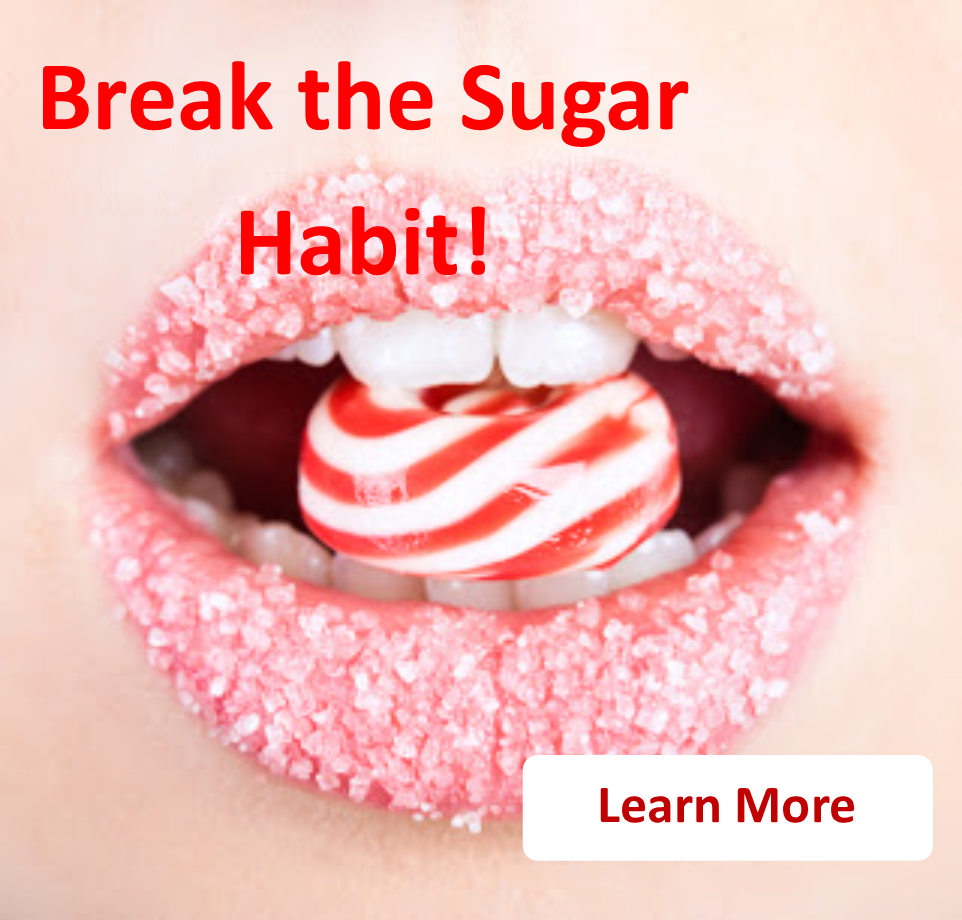Nutritional science has dramatically changed over the years, but one concept that has not evolved much (despite mounds of research) is the concept of a calorie. That is unfortunate because truly understanding calories has important implications for our health and longevity.

There was a time when we thought that a calorie is just a calorie, but it is much more complicated than that. I was reminded of this recently when Priscilla posed this question:
Ok, so I’m wondering (not that we should do this) but what happens if we overeat on a meal of protein and vegetables such as a steak and salad? Where do those calories go since it doesn’t raise blood sugar levels?
It is a great question that takes a bit of explanation to find to the answer, so let’s dive in:
The biggest misconception about calories is to think (for example) eating a 500-calorie meal means that you now have 500 calories on your body. This is far from what happens. Let’s look and see what happens when calories interact with our bodies.
[special note: the calculations in this article are not real, but only estimations for explanatory purposes]
Digestion
When you eat food, your digestive system breaks that food down into small parts. Carbohydrates are broken down to smaller carbohydrates called monosaccharaides and disaccharides (glucose, fructose…); proteins are broken down to amino acids; and fats are broken down into smaller fat molecules.
However, just because the food went in your mouth, doesn’t mean you absorb it into your blood stream.
Food scientists try to account for this in their caloric estimations, but they do a lousy job. That is because each type of food (fat, protein, carbohydrates) absorb at different rates and if you eat a mixed meal of protein, fat, and carbohydrates then things get really messy.
Fat slows down absorption of all foods so eating a meal with fat in it may cause you to absorb more or fewer calories (depending on the amount of each type of food you eat). Fiber does the same – it slows down absorption. You also lose calories if your transit time (the time it takes for food to travel through your entire digestive system) is short or long.
From a healthy 500-calorie meal of mixed fat/protein/carbohydrate fiber-rich meal, you may only absorb 400 of those calories. However, if you were to eat a highly processed, mostly carbohydrate meal, you may absorb most of those 500 calories.
Metabolism
Now let’s look at the calories we do absorb.
What is striking about calories from different food sources is that our bodies need different amounts of energy to process each type of food. For example: It takes more energy to process protein than carbohydrate, and more energy to process carbohydrates than fat. A meal of all protein would use up more calories than a meal of all carbs or fat. That means a 500 calories of protein may burn 100 calories just processing that protein – leaving you with only 400 calories on your body. Where 500 calories of fat might lead to 480 calories on your body (if you think this is a good reason to avoid fat, wait).
Research has also shown that people who eat a very low-carb diet (one high in fat) burn about 300 more calories a day than those on a low-fat diet.[1] When we run that through our calorie counter, we get some surprising results. Imagine that you and your neighbor ate the same calorie meal but you ate a low-carb meal and they ate a low-fat meal. At the end of the day, you would have 300 less calories on your body then they do because you chose the low-carb option.
As a bonus, eating a large amount of protein or fat actually lowers appetite. Carbohydrates do the opposite: they increase appetite. Many studies have shown that eating low-carb means less total calories consumed during the day. The food we eat is not all fuel (especially for proteins and fats). It is almost impossible to overeat proteins and fats, your body just won’t let you do it. Try eating a meal of just fat and you get the idea.
That takes care of absorption and digestion. Let’s turn our attention towards individual foods; each one has a different metabolic fate.
Protein
Proteins are the most diverse of all the macronutrients; they make up the every cell of our body and are a large percentage of muscle, bone, skin, and cartilage. Proteins are part of enzymes, antibodies, and hormones. Roughly, half the protein we eat is used for fuel and the other half is used as building blocks or hormones.
Our bodies do not store proteins so we either use them or break them down and eliminate them. While half of the proteins we eat are converted into glucose, recent studies have shown that because the process takes so long, it has little to no effect on blood sugar.[2] Skeletal muscles depend on amino acids for energy and they love branched chain amino acids (leucine, isoleucine, and valine) to burn as fuel. If you are fit then your muscles will use these amino acids, but if you are not then they won’t. That means how a calorie of protein is treated in your body depends on how much you exercise.
Proteins have many pathways in your body to follow. Your solution for keeping proteins from turning into fat or glucose is to keep active.
Fats
Most people view fats as and excess form of energy (eat too much and you get fat). The truth is that fats (like proteins) are also diverse macronutrients and our bodies use them in different ways.
Fats are used to build every cell in our bodies, the also serve as transportation molecules, hormones, and insulation. They are the premiere energy source in our bodies, not only do they contain more calories per gram, they are also compact (even though it may not see so when you are looking down at your belly). Because they are such a great source of storage, your body will create as much fat as possible to ensure your survival. The problem is that the foods we choose to each are perfect for fat creation and blocking fat burning.
While storage of proteins is essentially non-existent and the storage of carbohydrates is limited (see below), the storage of fats is essentially unlimited. This is why sugars and sometimes proteins are converted into fat for storage.
Fats are one of the best foods we have for feeling full. Try eating a meal of only fat and you will see how little you can eat at one time and how long it helps you to feel full.
Ketones are breakdown products of fats and used throughout the body as energy; some suggest that ketones are the preferred energy source of the body (over glucose). Ketones also reduce appetite. This is a great two-for-one deal: when you eat fat, it helps you to feel full and as those fats are broken down in your body, it also helps you to feel full.
Carbohydrates
There are only two fates for all the carbohydrates we eat: energy or conversion to energy storage. The storage takes the form of (first) glycogen and then fat. Glycogen is the storage form of glucose and you carry enough glycogen to run your body for about 12 hours.
Carbohydrates (as I mentioned above) increase appetite and are easily converted into fat in our bodies. In fact, it seems that the role of carbohydrates in our diets is to increase fat storage. When you think about the natural world, you notice that carbohydrates would only be available in the fall, right before winter (when you need fat storage the most).
Carbohydrates also control the fate of the other nutrients (fat and protein). Fat and protein can both be used for energy, but converting fat and protein into energy takes energy and your body is not going to convert those when there is plenty of sugar running around the blood stream. That means if you are constantly eating simple sugars and other carbohydrates, your body is going to take all the fat it gets and store it and then use the protein it can and discard the rest.
Where do all the Calories Go?
Back to Priscilla’s question: where do the calories go?
The answer is that there are many fates for the calories that we eat and those fates depend a lot on what else you are eating and even on your activity level.
Can you overeat protein and low-glycemic veggies? In an individual meal, the answer is yes, but overeating fats and proteins is very difficult over time. Carbohydrates are really what leads to overeating.
The closest you can get to a “calorie is a calorie” is when you are eating highly processed foods or foods high in carbohydrates. When you eat good proteins and low-sugar veggies (and exercise), you are lowering your caloric load despite what the calorie tables may be telling you.
[1] Ebbeling CB, Swain JF, Feldman HA, Wong WW, et al. Effects of dietary composition on energy expenditure during weight-loss maintenance. JAMA. 2012 Jun 27;307(24):2627-34. PMID: 22735432.
[2] Khan MA, Gannon MC, Nuttall FQ. Glucose appearance rate following protein ingestion in normal subjects. J Am Coll Nutr. 1992 Dec;11(6):701-6. PMID: 1460185.











Wow! So much great information! Thank you for taking the time to explain it so well. I just have one question on the Protein section I was confused about. You said our bodies do not store protein but then in the last paragraph you talk about the solution for keeping protein from turning into fat or glucose. So does this mean too much protein can make us fat? Sorry if I missed something, there was just so much to process from this article but it was very helpful!
Priscilla,
This can be a bit confusing. How much protein is turned into glucose depends on a lot of factors. Your body will always use some of the protein to build muscles, create cells… and it will use more protein to build muscle if you are active. Either way, you will still have some protein left over (a little if you are active and more if you are not) and your body has to decide if it wants to convert this extra protein into sugar (which takes a good bit of energy), or break the proteins down and excrete it (which takes energy too, but much less). For protein, there is really not a bad way to go: if it is turned into muscle that is great; if it is excreted, then that is okay; if it is turned into sugar, it takes a long time and uses energy – so you never see a big spike in blood sugar (and that is good too).
The problem is when you eat sugar and fat together. Your body will not use the fat when your blood sugar is high – so not only will your body convert the excess sugar into fat, it will also store the fat.
Hope the helps!
Dr. Scott